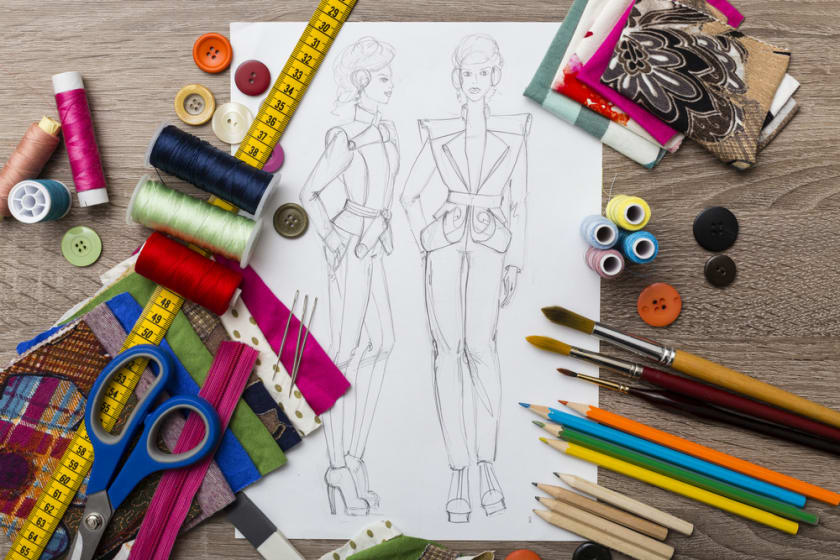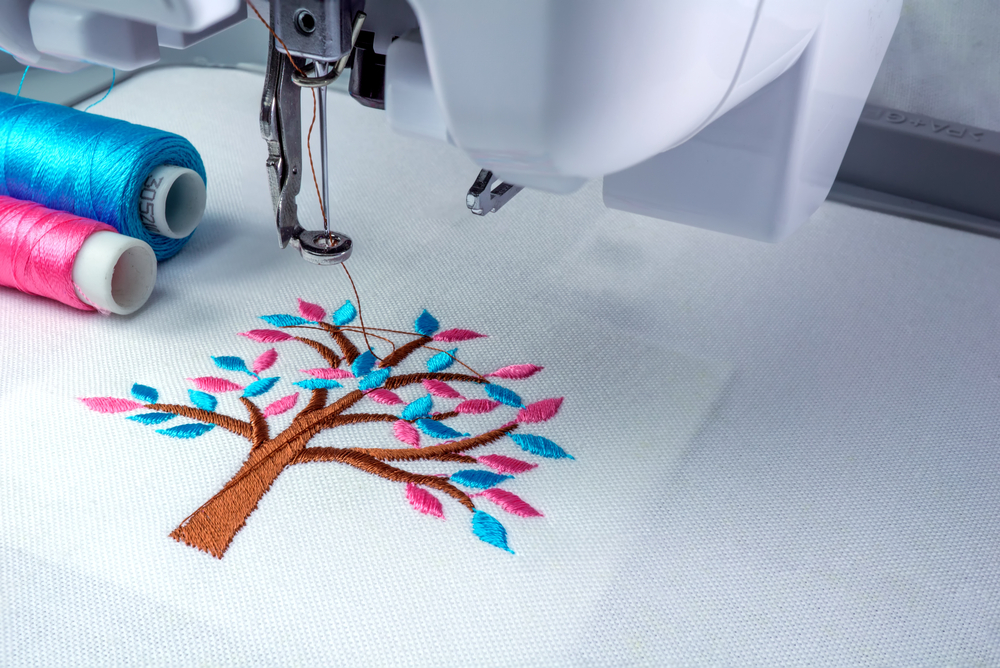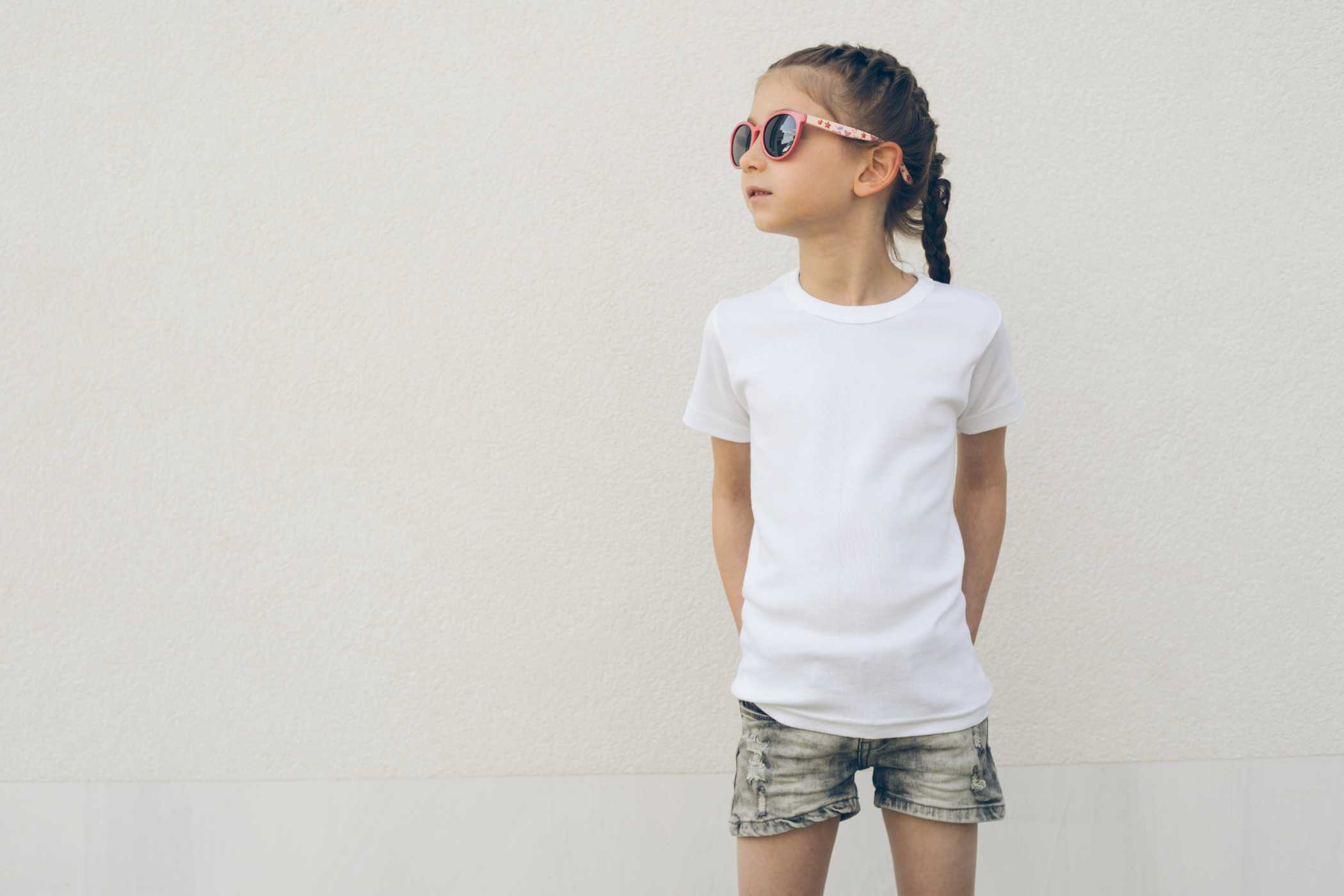How to Become a Successful Fashion Artist?



Fashion is an expression of human art and communication. It helps us communicate artistically our true persona as to who we are, who we want to be, where we are heading, and where we have been. The unification of art and fashion is synergetic. Each and everything that prevails and surrounds us is a result of the society we live in.
Every place we point to is practically engulfed in the sphere of art. As much we wow over our culture by its magnificent sculptural art and paintings it manifests, we can definitely embrace the art found in the dresses and composition of clothing one carries on a regular basis that defines human expression.
Fashion is an ideal fusion of innovation, communication, and usefulness. It is a sacred form of art we see walking gracefully on a daily basis, and the creators of this breathing art are known as fashion designers. Fashion artists draw the bank of ideas and digital creation of visual images of garments in collaboration with fashion designers.
Fashion artists have a crucial role to play in the realm of the fashion industry. They are usually asked to design images to allure buyers to purchase explicit fashions and are entrusted with using their sense of fashionable art to build the main theme for a project.
They often design multiple supplies or digital visual images of fashion in different conditions and on various models too. Fashion artists are often found in the fashion industry, a design studio, or in the realm of advertising.
Right from clothing to accessories, fashion artists have a vast history as visual presenters as per the designer’s conception or recent fashion styles.
How do you become a proven and successful fashion artist? Here are some 10 top tips for you to create phenomenal fashion art to improve your own recognition of design and enhance your visual/digital artwork.
1. Comprehending the Anatomy
If you are focusing on a conventional fashion figure in which the artist is at their finest while working from an anatomically correct fraction, it may not always be evident. Once you are aware of how to draw a body correctly, it permits for a plethora of freedom when you draw figures and aptly draw clothing. So either way, when you are sketching from a pictorial reference or from life, you need to be composed with an understanding of the shape and sections of objects which might not be seen when you draw clothed features.
If you have been offered a model whose body is shrouded beneath a long dress, which otherwise knowing the gestural appearance underneath it allows you to design postures which would seldom exist easily and immediately. To be able to move the posture around without copying it directly by means of a photo or bothering a model to strike a pose defines more resilience when asked for a particular pose or concept.
2. Illustration References and Design Assets
Get the complete reference of infinite creative and design assets you need with the help of various websites that allow your membership to use their images for your digital drawings. You can use Illustrator add-ons, fonts, actions, presets, Photoshop, and much more.
3. Purpose is the Key
A steady fashion pose can be suitable to draw, but you won’t find it fascinating and would end up into another boring piece. To make your design more captivating, you need to spice it up by conveying a story about the tranquility of design. All you want is the said posture to move within the sphere you set it. When you position a figure sharply, you produce action for the clothing, hair, adornments, or whatever else you’re designing. This will instantly spark a storytelling element within your illustration. For example: Is this posture walking, dancing, or fluttering through your drawing plane? Fashion artists should be able to answer such questions with their designs. Fashion art conveys stories through images.
The movement of a posture can assist the observer to know what makes up the clothing you’re sketching or designing. Keeping the finish and weight within the textiles in mind, fashion artists must have a knack for understanding that if a cloth is light and untied or weighty and rigid, one of the finest ways to showcase it is through the way it moves when rested on a body or when the body itself is in movement.

4. Use Your Creation to Tell a Story
Now when clothing and motion help your storytelling, the formulation is an aspect that takes your storytelling to the next level. Is the stature frisking across an empty white space, or are they in line and outright with a background and other statures?
This is exactly where fashion art may strike a little with an editorial illustration. However, being a fashion artist, you would want to design or illustrate the stature walking down a path or across a busy city. Introducing a simple backdrop into your work may help the observer understand the theme as to where or when a design is worn. Please remember that if the backdrop is busy, it may submerge the fashion design itself.
On the other hand, you can remove multiple details if you use your formulation to help fill them in. Although, you are clear to create only a line drawing. Then permit segments of your stature’s motion, dressing, and hair, to settle an image without you having to draw it in. The beholder’s eye will do the rest of the work. Take complete lead of negative space, and you will see yourself creating better, dynamic illustrations without having to create a backdrop.
5. Fabrics with Texture Differentiation
If given a fair opinion, one of the most exciting parts of fashion art is when the fashion artist can reveal the weight and texture of fabric inside their sketching or painting. If they take time to proffer corduroy or are competent at manifesting the fabric’s weight through motion, a viewer and the fashion artist would love to take pleasure in these kinds of details. Due to this, an immediate understanding of the garment is seen, and it becomes far more tangible than every other thing being adorned or shown.
Practice quality within textiles by sketching swatches of your own fabrics or evaluating with multiple textile styles.
6. Make Plenty of Patterns
Facet designs are usually a big deal in the realm of fashion. They can make simple pieces more fascinating and can also be an important point in an illustration. Various patterns can even tell stories in their own ability. Aesthetic patterns like houndstooth and chevrons might exhibit recent fashion vogue or convey a story of clothing from a particular era.
Contemplate the tales to converse of those individuals who carry quiet, underrated prints like those simple dots or stripes versus loud, bright floral prints or paisley designs.
Textile patterns can also assist in coordinating varied pieces when you pair up a color or two from an imprint inside other fabrics or accessories in a design. This is most evident when a fashion artist illustrates a line of clothing.
7. Get your Hair and Accessories Done Right
The finish of the fabrics, hairstyles, and color can be impactful to an overall design. Varied types of hairstyles can be donned by diverse people for many reasons. Review the manner in which lifestyle and cultural heritage may influence the types of hairstyles a model could wear. You would not only be conveying a story about who the person is or where they belong, but you shall permit limits for the hair’s motion, and style per se.
If you have to consider this for entire body pieces, what kind of stories can be narrated along with the accessories? Visualize sketching a magnificent, literal queen. What form of accessories would she adorn? She could possibly wear a diadem, jewels, attractive shoes, and a royal mace. A successful fashion artist can narrate a story of dissipation, the more ornaments you add, or of originality by only presenting a small wristlet or a basic necklace in your design.

8. Focus on the Perspective
The topic of ornamentation gets you to another primary skill known as perspective. Knowing how pieces prevail within a space can only help you illustrate them in a meticulous way. While conventionalism is undoubtedly welcomed within your designs, understanding the responsibilities can assist you in breaking them into fascinating and aesthetically pleasant ways.
9. Furnish Non-Textile Finish Differently
Like being able to show how a piece corresponds with others inside the same area, non-textile pieces should be exhibited, so the observer knows what is being depicted.
For example, if you’re designing a Cinderella’s glass mule, you will need to create a translucent, reflective shoe that the observer will come to know is a glass, a crystal, or something like, rather than something that is entirely like a leather or silk shoe.
Follow these simple rules if you wish to become a successful Fashion Artist.
Fashinza, being a B2B apparel manufacturing platform, assists clothing brands to manufacture their collections by connecting them with suppliers. They oversee the whole production process from design to delivery. What their partner brands need to do is place an order. Their chief offering is the platform where the brands can place an order, track it, acquire daily production updates, communicate with manufacturers, and make payments. Their platform is similar to that of Amazon for clothing brands.



















